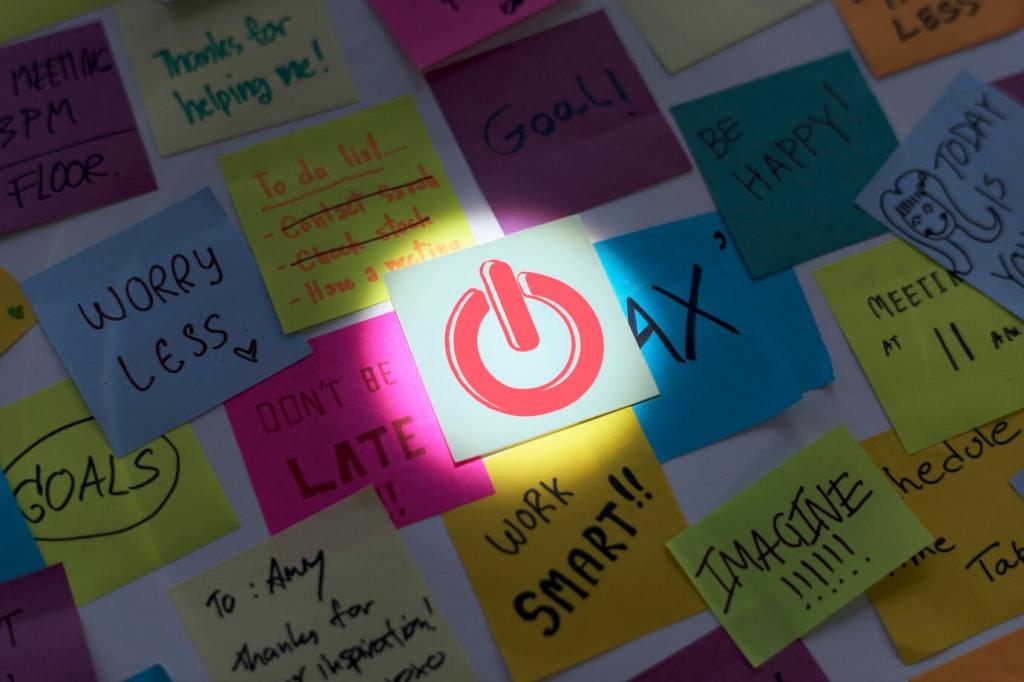Chosen theme: Utilizing AI and Machine Learning in Process Optimization. Welcome to a practical, human-centered exploration of smarter workflows—where data meets experience, small wins compound, and continuous improvement becomes a habit you can measure, share, and celebrate.

This is the heading
Lorem ipsum dolor sit amet, consectetur adipiscing elit. Ut elit tellus, luctus nec ullamcorper mattis, pulvinar dapibus leo.

This is the heading
Lorem ipsum dolor sit amet, consectetur adipiscing elit. Ut elit tellus, luctus nec ullamcorper mattis, pulvinar dapibus leo.
From Algorithms to Outcomes: Choosing the Right ML Approach
Predictive Models for Early Warnings
Use regression or gradient-boosted trees to forecast cycle times, defect risks, or queue lengths before they surge. Early alerts let teams re-sequence work and prevent firefighting. Tell us which signals you would want predicted first.
Prescriptive Optimization with Reinforcement Learning
When decisions repeat and feedback is clear, reinforcement learning can recommend actions—like dynamic scheduling or setpoint tuning. Begin in simulation to reduce risk, then gradually expand scope. Comment if you want a starter RL notebook.
Constraint-Aware Planning with Hybrid Methods
Blend ML predictions with operations research to honor real-world constraints—shift rules, capacity, maintenance windows. This hybrid pattern delivers practical schedules that teams trust. Subscribe for a deep dive on common constraint patterns.

Human-in-the-Loop: Trust, Transparency, and Control
Pair every recommendation with rationale—top features, confidence, and expected trade-offs. Simple visuals beat black boxes. Ask your team which explanations they find most useful; we will compile and share best examples from readers.
Human-in-the-Loop: Trust, Transparency, and Control
Create guardrails: thresholds, slow-roll deployments, and one-click rollback. Confidence intervals should guide—not dictate—actions. Invite operators to flag odd suggestions; their feedback becomes training gold for future iterations.


MLOps for Process Optimization: Make Improvements Continuous
Track datasets, features, and model artifacts together. When performance shifts, you will know whether data, code, or context changed. Comment if you want our open-source stack recommendations tailored to operational environments.
MLOps for Process Optimization: Make Improvements Continuous
Watch leading indicators: prediction error, intervention acceptance, and downstream KPIs like throughput. Close the loop by capturing user overrides as labeled feedback. Share your top three KPIs; we will highlight patterns from the community.



Even scheduling can embed bias—toward certain shifts or teams. Audit outcomes across groups and time windows. Invite your compliance lead early. Comment with scenarios you worry about, and we will share mitigation patterns that work.

Design for missing data with fallback heuristics and uncertainty-aware decisions. Simulate outages and latency spikes. Build playbooks so teams know exactly how the system degrades gracefully under stress.

Maintain model cards, decision logs, and lineage maps. Clear documentation shortens audits and smooths handoffs. Subscribe to download a lightweight documentation template tuned for process optimization projects.

Days 1–7: Frame the Problem and Baseline
Pick one process, one KPI, and one bottleneck hypothesis. Instrument minimally, collect a clean week of data, and baseline performance. Share your chosen KPI below; we will suggest a matching starter model.

Days 8–20: Prototype and Shadow
Train a simple predictor, deploy in shadow mode, and review daily with operators. Log overrides, surprises, and wins. Iterate quickly on features rather than chasing perfect accuracy. Invite feedback openly and celebrate fast learning.
